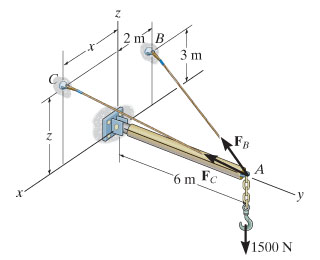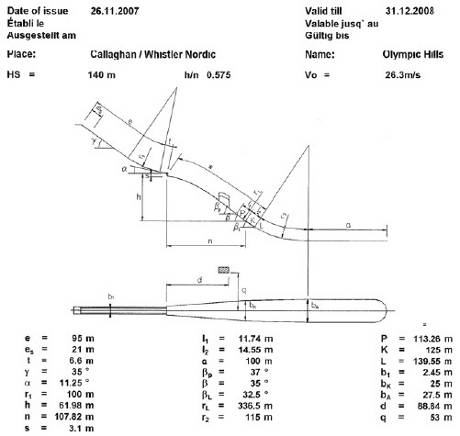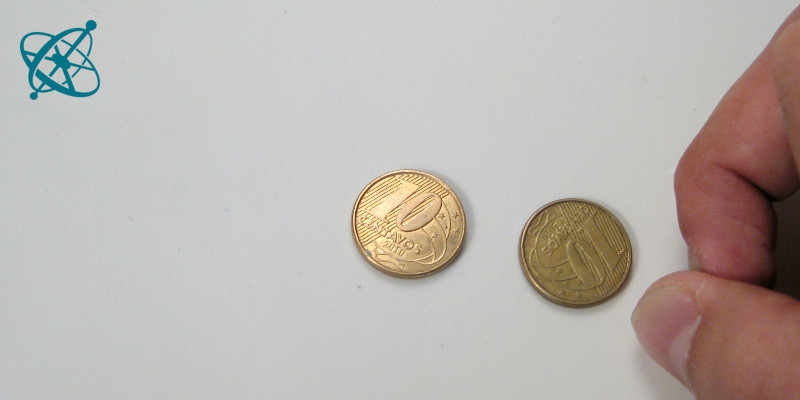Why Review?
Perhaps it's obvious but generally we arrive at PH213 after a summer break which puts the PH211 material at least 6 months in the past and PH212 a bit less distant. While it's true that we have been using material from PH211 in various places in PH212 it has felt a bit incidental. Given that part of the final exam this will cover material from the entire calculus physics sequence it seems thoughtful and respectful to take a day and see what you (we) all have retained as tools we can use (NOT things you can remember).
I am not going to write descriptions of any of these tools here since you should be able to find an review the topic on the breadcrumbs for PH211.
Dynamics: Newton's Laws: 1st, 2nd, and 3rd.
Freebody Diagrams, vector components, big sketches, friction, table of components - add 'em up and set equal to ma!
Ideal Springs, gravitational forces, electrostatic and magneto static forces.
Kinematics: Graphs and Equations
Graphs: Constant velocity, constant acceleration, constant position
Equations: equation of each graph above and for some the area below the graph has a physical meaning
Sketch, graph, don't try to know which tool is best just try tools and move on if it doesn't work, count unknowns
Generally x and y parts of the motion are independent for 2D or 3D motion.
Circular Motion:
Special case of Newton's 2nd where a = v2/r and is directed radially inwards. Usual tools but what are things to be careful about? What is a prudent choice of coordinate system?
Work and Energy:
Energy bar charts, work done by constant force, dot product?, energy is a scalar so what does the +/- sign mean?
How do you turn the bar chart into an equation? What is kinetic energy and where does that come into it? What about electrical work (qΔV)? How is friction handled?
Potential energy -- is it different or just book keeping? Is there always an equivalence?
Momentum:
How is momentum different than a force, momentum bar charts in each direction, vector components
momentum conservation (before and after 'collision'), when is it valid? Elastic and inelastic?
What is impulse and what is it's connection to momentum?
Do Physics!:
How does one address a problem where multiple concepts may apply? What is a process for 'Doing Physics!"?
Exercises: Do Physics!
For each of the following identify primary and secondary tools that are indicated by the problem setting.
A: 
B: 
C: 
D: 
E: 
F: 
Activities with your group:
Where would you start 'Doing Physics!' in each case? Why?
What seems likely to be one tool that you will use? Why?
What is a second tool that seems likely you will use? Why?
What will you explicitly assume is negligable in your first attempt? Why?
Assignment:
Pick one of the settings above, make a clear sketch, and apply what you believe is the most important tool from PH211. Set up that first step whether it is a freebody diagram with vector components or an energy bar chart with some numbers. Clearly and explicitly describe the simplifying assumptions you are making and why they don't reduce the problem to meaninglessness. Time Limit: 90 min.
